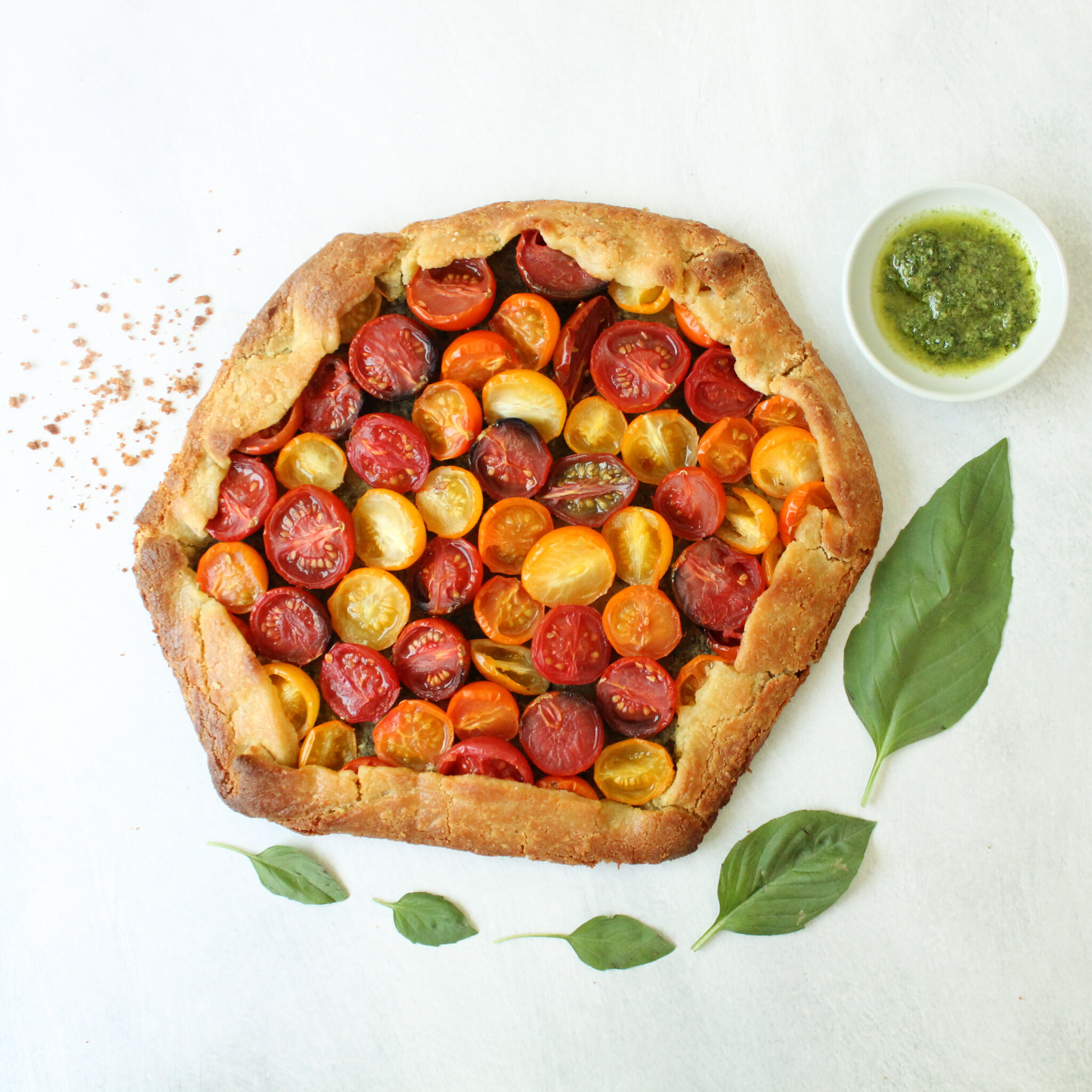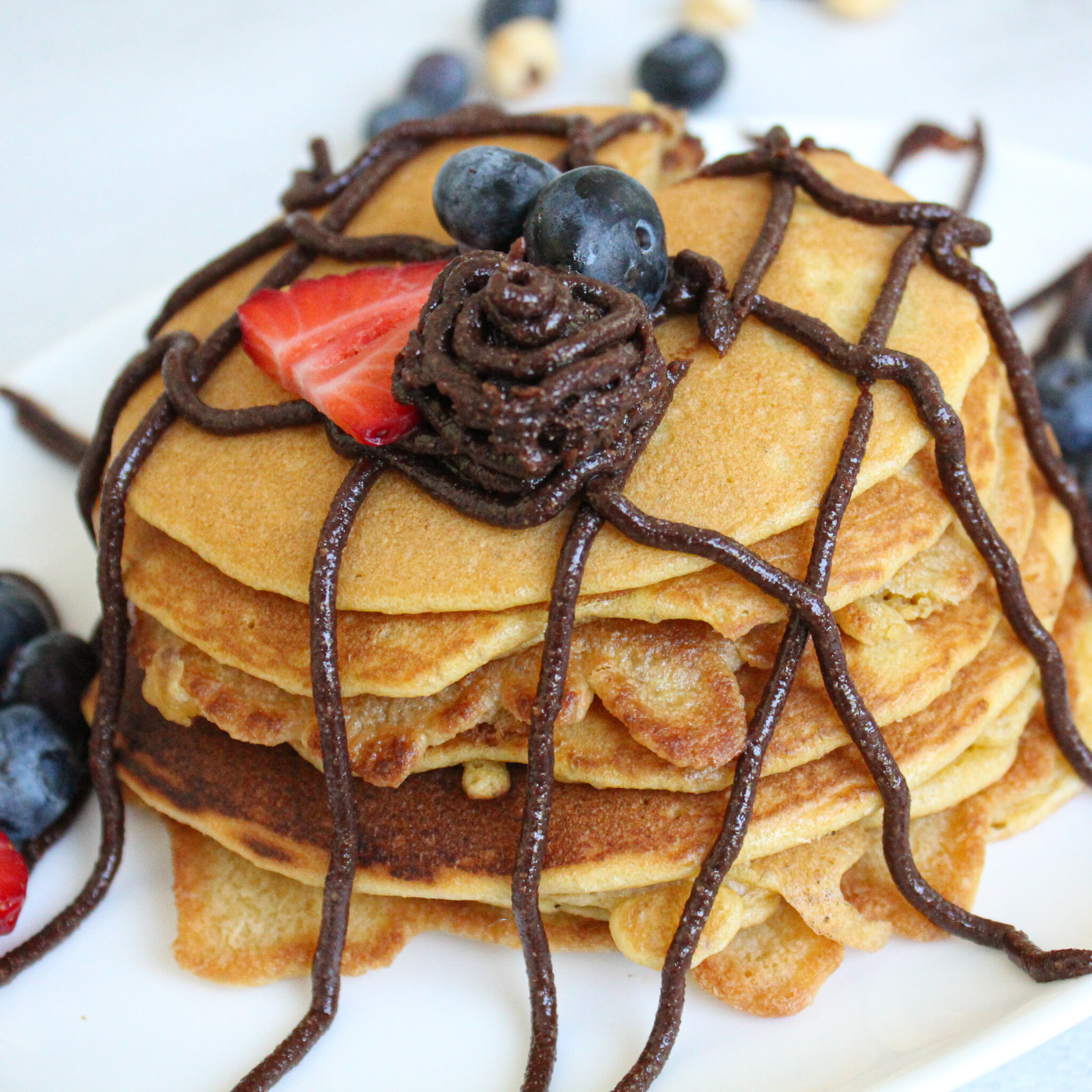Portland, Oregon is one of those places that defies an easy description. This city is stunning. Hugged by emerald forests and filled with friendly people, it is progressive to its core. It is also a town that has set the bar when it comes to caring for others and the planet, and encouraging entrepreneurial ingenuity.
We love this city for all of the above, as well as its bevy of locally produced, ethically created, health-conscious goods. It is the place for dinners made of ingredients sourced within a handful of miles from your plate. For fresh organic kombucha and handmade vegan chocolate. For pasture- and humanely-raised meat. Every corner reveals a gem. But if traveling here isn’t on your radar (or isn’t feasible in these times), you can still experience the essence of Portland by ordering many of its locally made goods.
One last note: If you’re reading this and you’re from Portland (or you love Portland), you may very well think: There is also this maker, and this boutique, and this craftsman. We hear you. This city is packed to the brim with noteworthy small brands. Our inclusions here mirror what’s on our radar, but this is by no means an exhaustive list. If you have a burning suggestion, we’d love to hear from you as we’ll be updating our list throughout the year.
Beverages
Stumptown Coffee Roasters
It seems that Stumptown is slowly becoming a household name, but this coffee still comes from a Portland brand that is small at its core. Their beans are responsibly sourced and mostly certified organic. But what we love most about this company is its B Corporation status, which means that it has gone through a rigorous certification process to ensure that it puts the benefit of its people, community, and the planet first.
T Project
Founder Teri Gelber has a mutual love for quality tea and togetherness. She created T Project, her studio and tea line, as a way to encourage people to gather over her loose-leaf blends. A food industry veteran, Gelber sources organic teas, herbs, and spices from around the world and hand-mixes them in her quaint Portland space. The blends are worldly and beautiful—and each one is named after a nostalgic song. Diamonds and Rust, an Oolong nod to Joan Baez, is one of our favorites.
Tio’s Water Kefir
Uplifting and refreshing, Tio’s small-batch kefirs are made primarily of Oregon-grown ingredients like local blueberries and organic ginger root. The kefir is light, full of probiotics, and contains no added sugars, coloring, or preservatives.
Meat and Poultry
Pasture PDX
The two founders of Pasture, Kei Ohdera and John Schaible, are single-handedly evolving the way meat is procured here in the states. They focus on animal husbandry, the holistic, ethical practice of breeding, raising, and caring for an animal its entire life before it is humanely slaughtered for meat. Kei and John know their animals well, as well as all the farmers with whom they partner. They offer fresh-cut meats and often collaborate with local restaurants and purveyors to offer local lunches and dinners.
Deck Family Farm
Located on more than 300 acres of rolling farmland in Willamette Valley, Deck Family Farm produces organic, pasture-raised meat and poultry. The family prides itself on allowing the animals to roam free on the pasture, and follows various regenerative and sustainable farming practices. Fresh cuts of meat, whole chickens, and sausages are available to ship, as well as sides of animals for larger purchases.
Chocolates and Other Sweets
Moonstruck Chocolate
Small batch and super creamy, Moonstruck exemplifies the concept of responsibly made. Each of their chocolates include ingredients sourced from the Pacific Northwest, as well as cocoa that is ethically procured. The team, which makes all of the truffles, hot chocolate, and bars in their Portland factory, teams up with Cocoa Horizons, an impact-driven program that aims to improve the livelihoods of cocoa farmers in West Africa.
Woodblock Chocolate
Husband and wife team Jessica and Charley Wheelock create all of their artisanal chocolates in their northeast Portland manufactory. There is also a tiny cafe which is lined with giant glass windows which give you a front row seat to the roasting, melting, and mixing of the cacao beans. Their chocolate bars and drinking chocolates are pure and creamy, and boast the loveliest artistic packaging.
Grains, Nuts, Seeds, Spices, and Oils
Lonesome Whistle Grains
Lone Whistle has been sustainably growing organic heirloom grains for almost twenty years. Locals flock to their stand at various farmers markets in Portland, Eugene, and Corvallis to stock up on organic popcorn, stone ground flours, Abenaki corn polenta, rolled oats, and buckwheat pancake flour mix.
Oomphs Cooking Blends
The name really says it all. A pinch of an Oomph blend adds a layered depth to vegetables, scrambled eggs, grilled meats, stir-frys, and soups, bringing out the flavor potential of a dish. Made of spices and dehydrated vegetables, each blend is free of additives, colorings, GMO ingredients, preservatives, and pesticides. Its founders created the line after looking for creative and clean ways to add flavor to their GAPS diet dishes. It’s a little east Portland company creating an innovative, healthy way to season food.
Jacobsen Salt Co.
While all salt technically may have been naturally created equal way back when, not all salt is sourced to be equal. (Buying “sea salt” that is really mislabeled table salt is a pet peeve of ours.) That’s why we love Jacobson salt. They harvest it straight from the clean waters of Netarts Bay, right off the Oregon Coast. (There are a few exceptions, such as the Pink Himalyan Salt, which they source from rock salt in the mountains of Pakistan.) Jacobson’s flaked sea salts are mineral-rich, crisp, and perfect for finishing a dish. Their kosher salt is briny and ideal for cooking. And if you want a real treat, consider one of their infused salts that are mixed with spices, herbs, and even wine.
Ground Up
This Portland-based small, female-founded company makes creamy hand-crafted nut butters that are free of peanuts, palm oil, dairy, sugar, and gluten. Their flavors are inventive: coconut cardamom with chia seed, cashew, and almond butter; spicy tahini cashew butter made with Diaspora chiles (a PrimaFoodie favorite); cinnamon snickerdoodle. And their business model is even more inventive, as well as inclusive: Through its training program, the team works with women who are overcoming obstacles and various adversities.
Durant
Durant is a scenic vineyard, winery, and olioteca located in the stunning Willamette Valley just south of Portland. Their olive oil is pressed on location from primarily olives grown on the estate, as well as some from high-end growers in Northern California.
Portlandia Foods
Considering how hard it is to find condiments free of gluten and additives, we were thrilled to discover Portlandia Foods. Each of the condiments, which include BBQ sauce, ketchup, mustard, Worcestershire, are made of Oregon Tilth Certified Organic ingredients and contain no gluten or artificial colorings.
Breads
New Cascadia Traditional
New Cascadia’s start is a classic small-brand story. Struggling with a gluten intolerance, co-founder Chris Gumke couldn’t find any quality bread made without wheat. So he and his wife, Teresa, decided to make their own and sell it at the Portland farmers market. It took off, to say the least, and today New Cascadia’s gluten-free breads, doughs, pastries, and more are available all over Portland and via mail order.
















